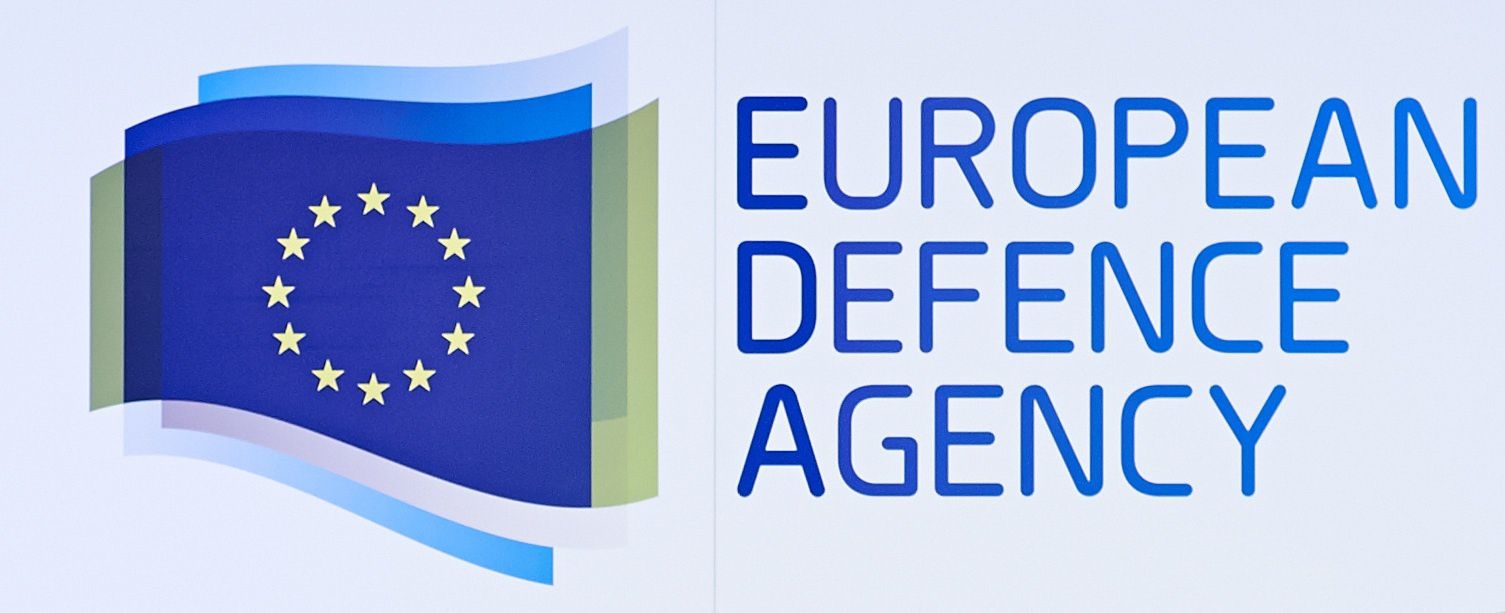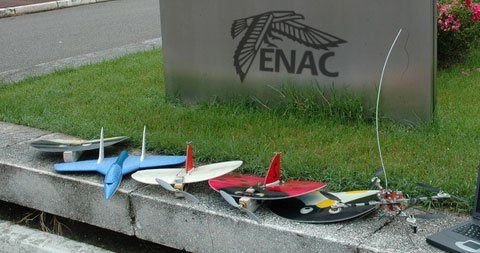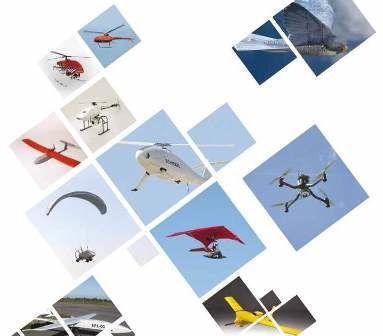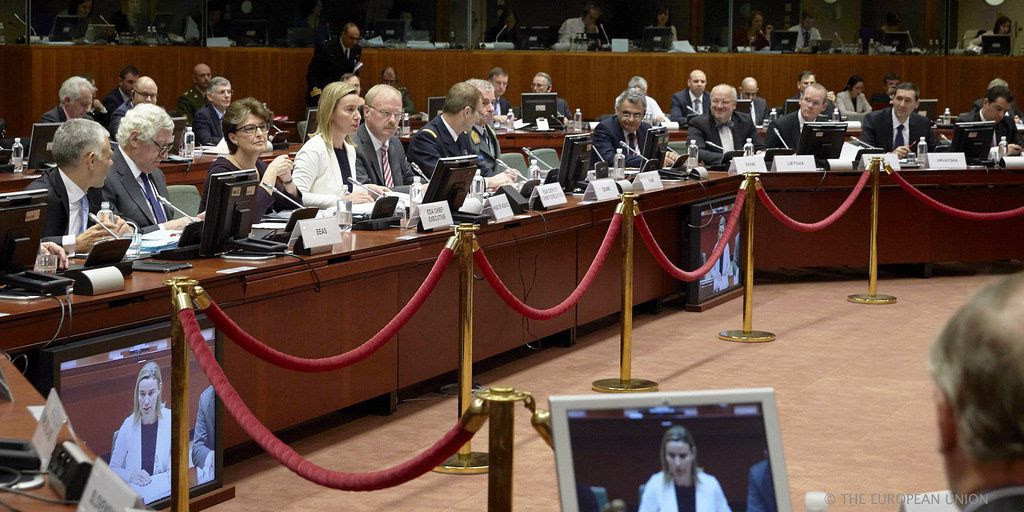Elettronica, Hensoldt, Indra and Thales propose a joint offer for a future-proof Mission Sub-System for European MALE drone programme
Berlin, 24 April 2018 – CP Thales Group
Four European Champions in the area of Defence Mission Systems intend to combine their unique and complementary capabilities to provide the MALE (Medium Altitude, Long Endurance) drone programme of France, Germany, Italy and Spain – designated European MALE RPAS (Remotely Piloted Aircraft System) – with a future-proof ISTAR (Intelligence, Surveillance, Target Acquisition and Reconnaissance) function.
The companies Elettronica, Hensoldt, Indra and Thales signed a memorandum of agreement, in compliance with legal and regulatory requirements, confirming their common goal to offer a coherent ISTAR functional chain for the MALE RPAS comprising all elements from sensors and computing through data processing and communications. The team is open to cooperation with other companies.
The four companies will bring their longstanding experience and technology leadership in Defence electronics and mission systems into the joint approach, thereby substantially reducing the inherent risk of such challenging programme. This will safeguard the target-oriented implementation in time and cost while guaranteeing the growth potential required to address future tasks.
“The future operating environment of Air Forces will bring a variety of flying platforms into one force-multiplying network”, said Hensoldt-CEO Thomas Müller. “The close cooperation of the various platforms’ mission systems is paramount to leverage the advantage of such highly complex network. Therefore, the architecture of the new RPAS mission system must be in the hands of the subject-matter experts from the start, tailoring its development irrespective of single platform aspects.”
“Thales, Hensoldt, Elettronica and Indra, have big ambitions based on a shared vision of the digital transformation of their industries and customers. Thales will be using its expertise in Defence Mission Systems mastering four key digital technologies of Connectivity, Big Data, AI, and Cybersecurity. We offer our clients decisive technologies to take the best decision in real time.” said Patrice Caine, Chairman and CEO at Thales.
“We are building industrial cooperation in Europe and preparing for a future in which Defence investments will be mainly performed at European level. This alliance will pave the way for future large programmes currently being defined in Europe” said Ignacio Mataix, Executive Director at Indra.
“Our long term experience in collaboration programmes and our mindset will be beneficial in terms of risk reduction and full capability achievement. The teaming with our historical European partners will lead to a high level of success” said Enzo Benigni, Chairman and CEO of Elettronica.
The European MALE RPAS programme is managed by the European procurement agency OCCAR. A Definition Study contract was signed on 26 August 2016 with the European aircraft manufacturers Airbus Defence and Space, Dassault and Leonardo. The Development Phase is expected to be launched in 2019.
About Elettronica
Established in 1951, Elettronica has supplied electronic defence systems to the Armed Forces of 28 countries in five continents since its inception. The company designs, produces and fields a range of products that cover all aspects of Electronic Warfare: for naval, land, air and cyber environments and all Electronic Defence application segments in the radar bands, infrared and communications bands.
The company core business is concentrated on EW being active in international projects, the majority of which implemented through collaboration agreements and joint ventures, which ensure a direct presence in the various strategic markets.
The company is strongly projected into the future and responds to the significant changes in this sector, actively participating in major industrial European consortiums.
About Hensoldt
Hensoldt is a global pioneer of technology and innovation in the area of defence and security electronics. Headquartered in Munich, the company is a market leader in civilian and military sensor solutions, developing new products to counter evolving threats based on disruptive concepts in such fields as big data, robotics and cyber security. With a workforce of some 4,300 employees, Hensoldt generates revenues of more than 1 billion euros per year.
About Indra
Indra is a leading global consulting and technology company, and the technology partner for the core business operations of its clients' businesses throughout the world. It is one of the world's largest providers of proprietary solutions in specific segments of the Transport and Defense markets and a bellwether in Information Technology in Spain and Latin America. The company provides a comprehensive range of high added-value proprietary solutions and cutting-edge services in technology, and a singular culture of reliability, flexibility and adaptability to the needs of its customers. Indra is a world leader in developing end-to-end technology solutions in fields such as Defense and Security, Transport and Traffic, Energy and Industry, Telecommunications and Media, Financial Services, Electoral Processes, and Public Administrations and Healthcare. Its Minsait unit addresses the challenges posed by digital transformation. In 2017 Indra posted a revenue of €3.011 billion, employed 40,000 professionals, and had a local presence in 46 countries with sales operations in over 140 countries.
About Thales
The people we all rely on to make the world go round – they rely on Thales.
Our customers come to us with big ambitions: to make life better, to keep us safer. Combining a unique diversity of expertise, talents and cultures, our architects design and deliver extraordinary high technology solutions. Solutions that make tomorrow possible, today. From the bottom of the oceans to the depth of space and cyberspace, we help our customers think smarter and act faster - mastering ever greater complexity and every decisive moment along the way. With 65,000 employees in 56 countries, Thales reported sales of €15.8 billion in 2017.











/image%2F0547456%2F20150619%2Fob_452f05_labellisation-au-bourget.jpg)
/image%2F0547456%2F20150619%2Fob_a98a94_le-centre-d-excellence-drones-de-salon.jpg)























